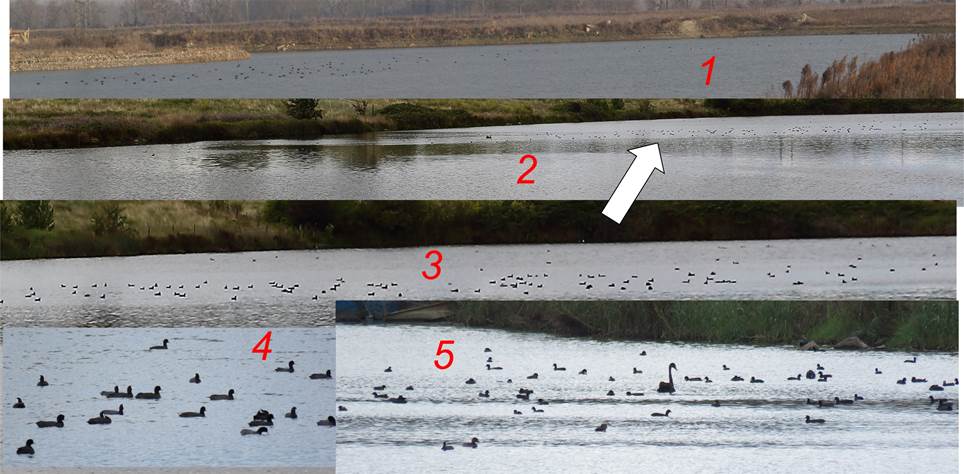To clearly defeat the French, you need not go far from Canberra at all, in fact you can remain IN Canberra which I stress for the benefit of those who think Gungahlin is near Yass.
I have for some time been estimating the ‘Foulques’ - the Frenchified name sounds too posh for them really – the coots then, on Yerrabi Pond as 500 in my COG records. This is based on a fairly careful estimation about a year ago. If anything the number
is now greater and I will be a bit more rigorous next time to begin my 2015 reports of Yerrabi.
However, Geoffrey, if the defeat of the French is at stake, I can come up with any number you like. Just ask me…..
From: Geoffrey Dabb <>
Date: Sunday, 25 January 2015 1:57 pm
To: chatline <>
Subject: [canberrabirds] International foulque challenge
The coot is at present a species of wide distribution. I say ‘at present’ because there is probably a developing proposal for a split, which will see our species designated ‘Australian’ or ‘Australasian’ or (heaven help us) ‘Pacific’.
This morning I received an email from a French birdwatcher who was here a few weeks ago enclosing a photo taken that morning his time of counted ‘Foulques’ to the number of 110 in a flooded gravel pit near his home near Toulouse. This is at 1 below. This
being the Australia Day week-end, I chose to treat this as a challenge to Canberra’s own status as a Foulques Centre of Excellence so I set out this morning with a wide lens camera. At QSP, and taking care to avoid the restricted areas, I found about 140
foulques, which are somewhere in the wide-angle snap at 2. I concede that although countable in an enlargement these are a little difficult to make out here, but some relevant specks are indicated by the arrow. 3 below is a crop showing 100 foulques. A
little care in identification is needed. While the crop at 4 shows 20 foulques, that at 5 contains, in addition to some foulques and a Black Swan, 2 Hardhead Ducks. I think there are probably other places not too far from Canberra where there will be hundreds
of foulques right now. And as I said to Jean-Pierre: “Ou est le Cygne Noir dans votre photo de foulques?” Given the nearby Pyrenees, though, Jean-Pierre is way ahead of us regarding Lammergeiers and Griffon Vultures.

|
*******************************************************************************************************
This is the email announcement and discussion list of the Canberra
Ornithologists Group.
Emails posted to the list that exceed 200 kB in size, including attachments,
will be rejected.
When subscribing or unsubscribing, please insert the word 'Subscribe' or
'Unsubscribe', as applicable, in the email's subject line.
List-Post: <>
List-Help: <>
List-Unsubscribe: <>
List-Subscribe: <>
List archive: <http://bioacoustics.cse.unsw.edu.au/archives/html/canberrabirds>
List manager: David McDonald, email <>
|

